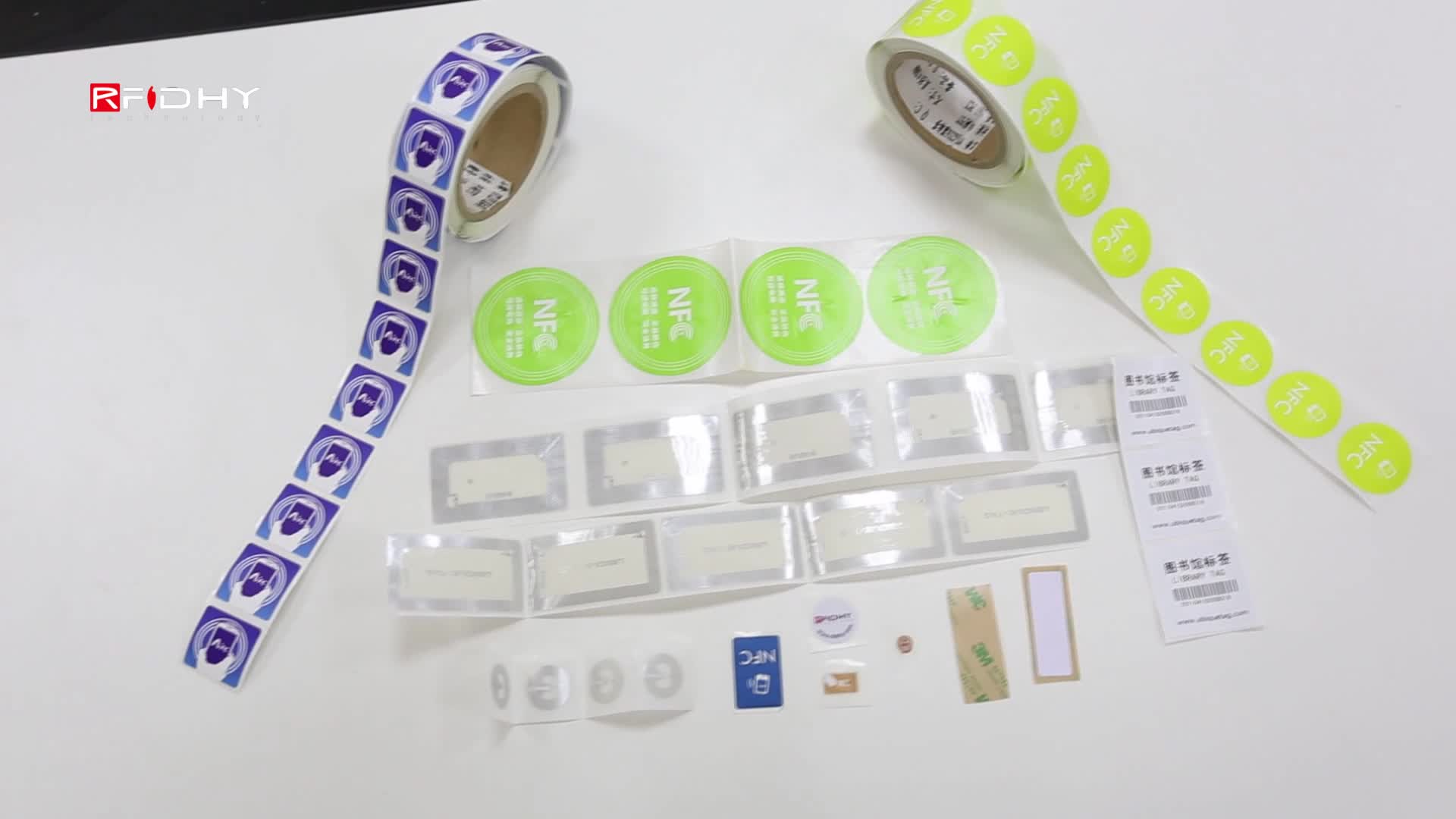
In fact, most of the chip’s size is consumed by the digital core. Related: How a Senior Living Facility Is Using NFC, BLE Technology for Contact Tracing This would enable the chip to be half again the size of its predecessor, and to continue to scale in more advanced nodes. The technique was fairly easy to implement, he adds, and worked effectively in the lab.Īccording to Franzon, the small chip size is possible, in part, because it is designed in a 55-nanometer CMOS process provided by the United Semiconductor Japan Co., but it could also be accomplished at 22 nanometers. “There is no need to convert to DC,” Franzon states, “and you don’t need to boost the power.” Researchers developed a technique by which they could directly power the digital logic on the chip with digital logic using an AC supply.

It’s a compact, mostly digital product using digital IP blocks, the team explains, thus eliminating the need for analog components (rectifiers, storage capacitors and power-management units). The NCSU chip is an RF-only solution that requires no DC conversion. Additionally, transistors can be leaky, while older technologies, such as the 150-nanometer CMOS fabrication (the technology used for constructing integrated circuits) used in standard chips, tend to lose energy during the interrogation and response process. In fact, Franzon says, a large portion of a standard UHF RFID chip is designed for that process of converting harvested power to DC and then boosting the response to a higher voltage via a charge pump. Charge pumps and other power-management units are then required to boost the energy for a tag’s response to that interrogation, and such boosters typically consume 25 percent or more of a chip’s area. Standard chips, Franzon says, are design-intensive, as well as complex and less scalable.Ĭonventional tags first harvest power from a reader interrogation, they rectify the received RF signal into a DC voltage with the help of a multistage rectifier. To develop the smaller and potentially lower-cost chip, the university team eliminated much of the area of a standard, more analog-based RFID chip. Related: How MIT Researchers Are Commercializing RFID, Computer Vision Robotics When it comes to deploying such chips for relatively low-value products, the researchers explain - such as a box of cereal or a beverage, for instance - standard tags are too expensive to justify this kind of use for most companies in the retail industry.Ĭhips have been getting smaller, they add, with Impinj’s latest IC measuring 396 microns by 296 microns (0.02 inch by 0.01 inch). The relatively large size of standard chips has posed a challenge for those looking to use RFID labels, but who cannot afford the approximately 3 to 5 cents each tag might cost in volume. This embedding method is performed during wafer fabrication using the same technology as the high-value IC, Franzon explains, and thus becomes a native functional block not requiring additional assembly steps. The first use cases the team is targeting, and for which they will next test the chip, involve tracking relatively low-value retail products, such as groceries, as well as embedding RFID tags in high-value ICs used in electronics in order to verify their authenticity.
#COST OF RFID TAGS LICENSE#
The chip operates in the 860 to 960 MHz UHF band, with -2 dBm sensitivity.įollowing years of development and testing at the NCSU lab, the group is now in discussions with potential technology partners to commercialize or license the chip for use in RFID tags.

Franzon authored a white paper based on the project and is NCSU’s Cirrus Logic distinguished professor of electrical and computer engineering.

For context, a human hair is 50 microns (0.002 inch) in diameter, according to Paul Franzon, the group’s lead researcher. The NCSU research-based chip has an area of 125 microns (0.005 inch) by 245 microns (0.01 inch). The team is furthering research and predicts it will be able to close this sensitivity disparity gap. But otherwise, NCSU reports, it is expected to exhibit performance similar to that of other UHF RFID chips on the market. The university says the chip compromises some sensitivity and should be readable via a standard RFID reader from a distance of only about 3 meters (9.8 feet), as opposed to 10 meters (32.8 feet) with a standard tag. As a result, NCSU claims, it measures less than half the size of the smallest chips currently being sold. The chip, according to the college, thereby relies on digital- rather than analog-based RF power harvesting. North Carolina State University (NCSU)’s Department of Electrical and Computer Engineering reports that it has found a way to build an RFID chip that eliminates the majority of analog components.


 0 kommentar(er)
0 kommentar(er)
